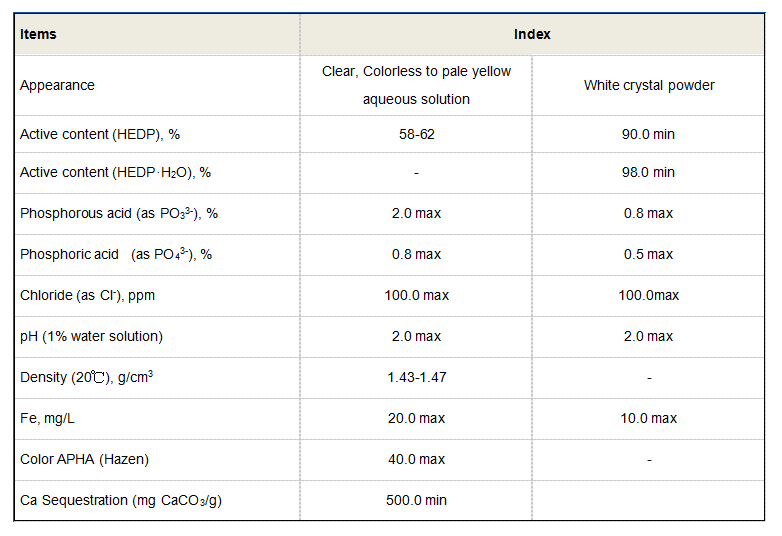coagulant and flocculant chemicals
Understanding Coagulant and Flocculant Chemicals Their Importance in Water Treatment
Water treatment is a critical process in ensuring safe and clean water supply, especially in urban areas where water sources may be contaminated. Two fundamental components in this process are coagulant and flocculant chemicals. While they serve distinct purposes, both play integral roles in enhancing water quality, making them essential in various industrial and municipal water treatment processes.
What are Coagulants?
Coagulants are chemicals used to destabilize colloidal particles in water, allowing them to clump together and form larger aggregates, known as flocs. This process is known as coagulation. When water contains suspended particles, such as clay, silt, and organic materials, the particles often carry a negative charge. This charge prevents them from clumping together and settling out of the water. Coagulants neutralize this charge, facilitating the aggregation of particles. Common coagulants include aluminum sulfate (alum), ferric chloride, and polyaluminum chloride (PAC).
The choice of coagulant depends on various factors, including the nature of the water being treated and the specific contaminants present. For example, alum is commonly used in drinking water treatment because it effectively removes turbidity and pathogens. Other coagulants might be selected based on their performance in specific pH ranges or other water quality parameters.
The Role of Flocculants
Flocculants, on the other hand, are used after coagulation to enhance the settling of the formed flocs. While coagulants facilitate the initial aggregation of particles, flocculants help to create larger, denser flocs that can settle more quickly and efficiently. Flocculants typically work by bridging the gaps between particles, further promoting aggregation. They are usually long-chain polymers that adhere to the surface of the flocs and promote the formation of larger aggregates.
There are two main types of flocculants inorganic and organic. Inorganic flocculants, such as aluminum-based compounds, provide effective results but often involve more complex and costly applications. Organic flocculants, which are commonly synthetic polyacrylamides or natural biopolymers, are often preferred for their efficacy and environmental compatibility.
coagulant and flocculant chemicals

The Importance of Coagulants and Flocculants in Water Treatment
The combination of coagulants and flocculants is crucial in both wastewater treatment and drinking water purification. They help reduce the concentration of pollutants, eliminate pathogens, and improve overall water clarity. This is particularly vital in areas where water quality is compromised by industrial discharges or agricultural runoff.
Moreover, the use of these chemicals can lead to significant cost savings in water treatment processes. By enhancing the efficiency of sedimentation, they can reduce the need for further filtration and chemical disinfection, ultimately lowering operational costs.
Environmental Considerations
While coagulants and flocculants are essential in water treatment, their use must be carefully managed to minimize potential environmental impacts. Overuse or improper application can lead to chemical residues in treated water, which can be harmful to aquatic life and human health. Therefore, ongoing research aims to develop more eco-friendly alternatives and optimize the use of existing chemicals to ensure that water treatment processes are both effective and sustainable.
Conclusion
In conclusion, coagulant and flocculant chemicals are indispensable in the water treatment landscape. Their ability to improve water quality by removing impurities is fundamental in safeguarding public health and protecting the environment. As water treatment challenges evolve, the role of these chemicals will remain central, demanding continuous innovation and responsible management practices to ensure safe drinking water for all.
-
Water Treatment with Flocculant Water TreatmentNewsJun.12,2025
-
Polymaleic AnhydrideNewsJun.12,2025
-
Polyaspartic AcidNewsJun.12,2025
-
Enhance Industrial Processes with IsothiazolinonesNewsJun.12,2025
-
Enhance Industrial Processes with PBTCA SolutionsNewsJun.12,2025
-
Dodecyldimethylbenzylammonium Chloride SolutionsNewsJun.12,2025





